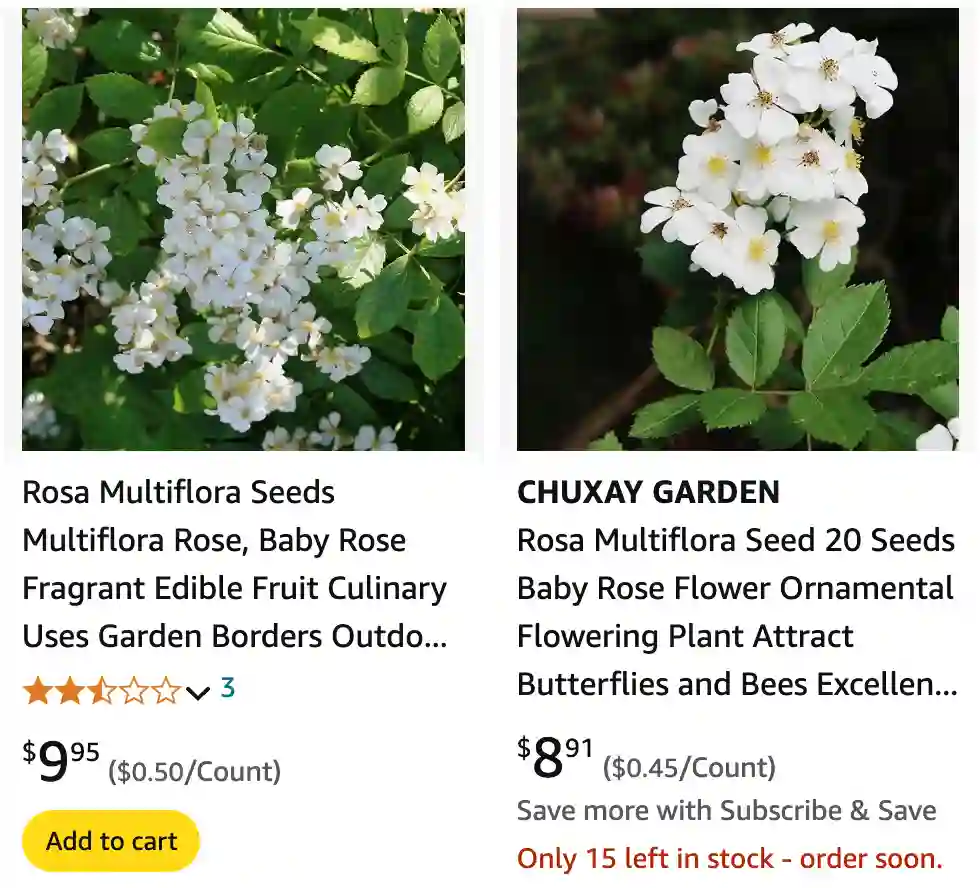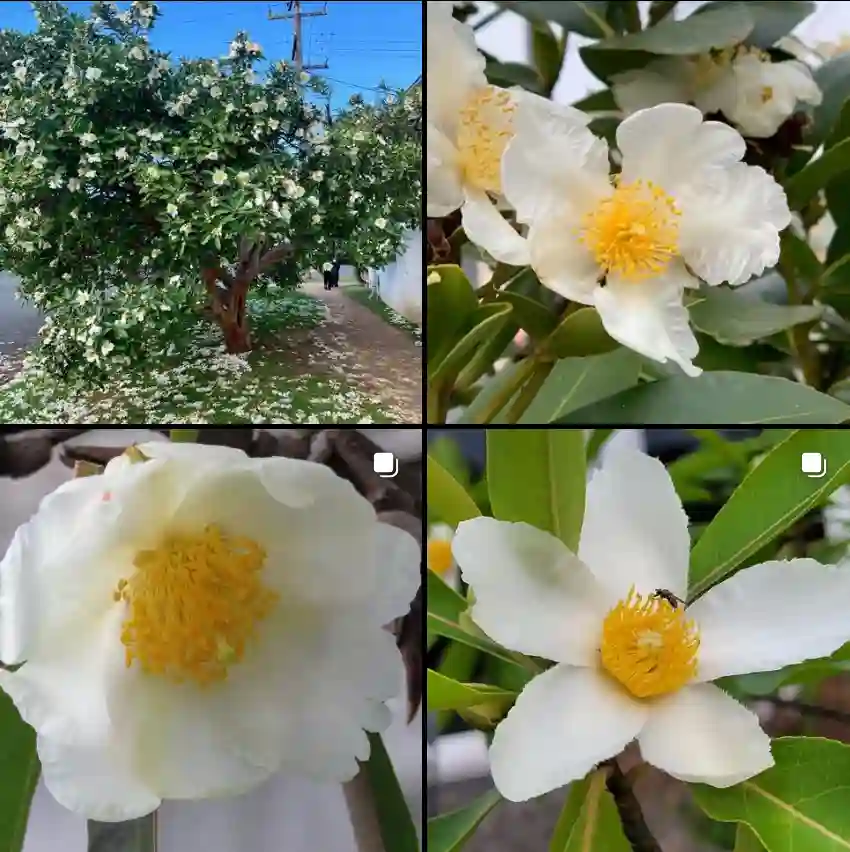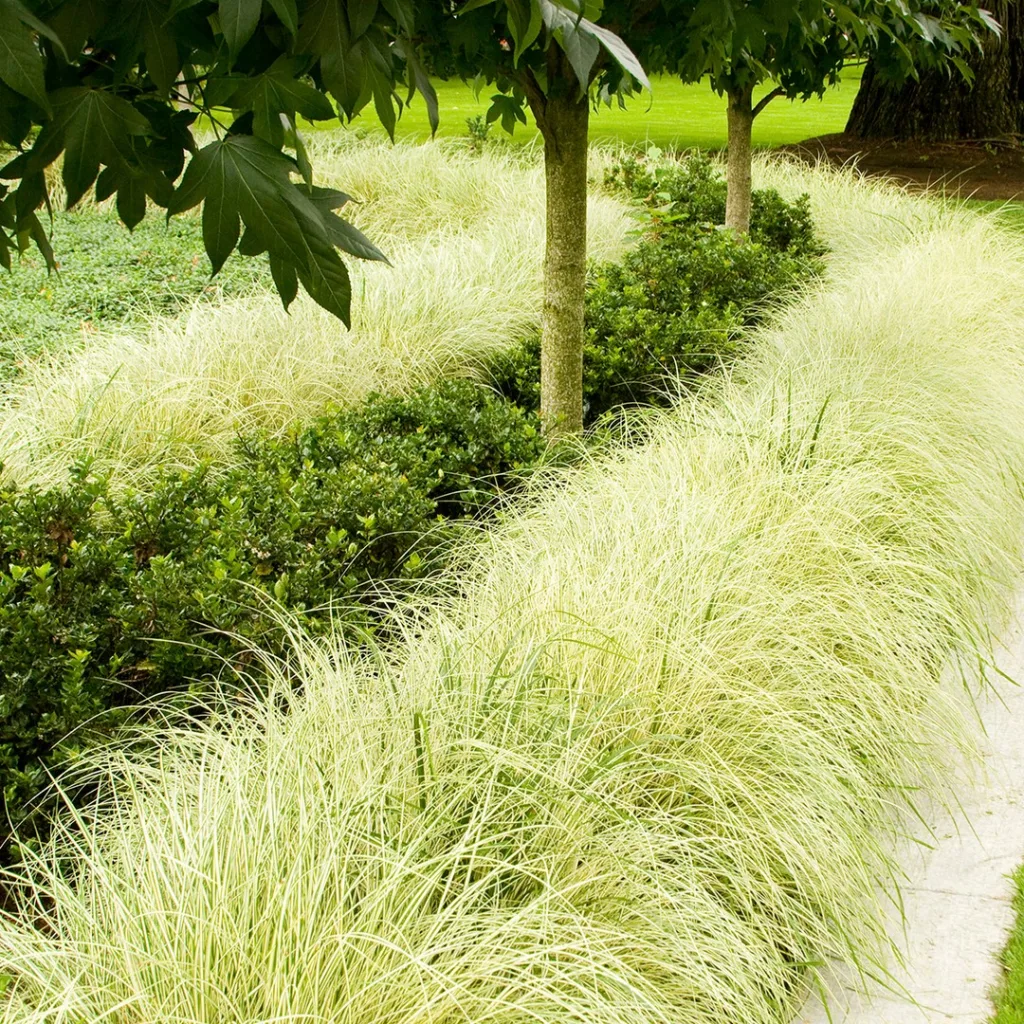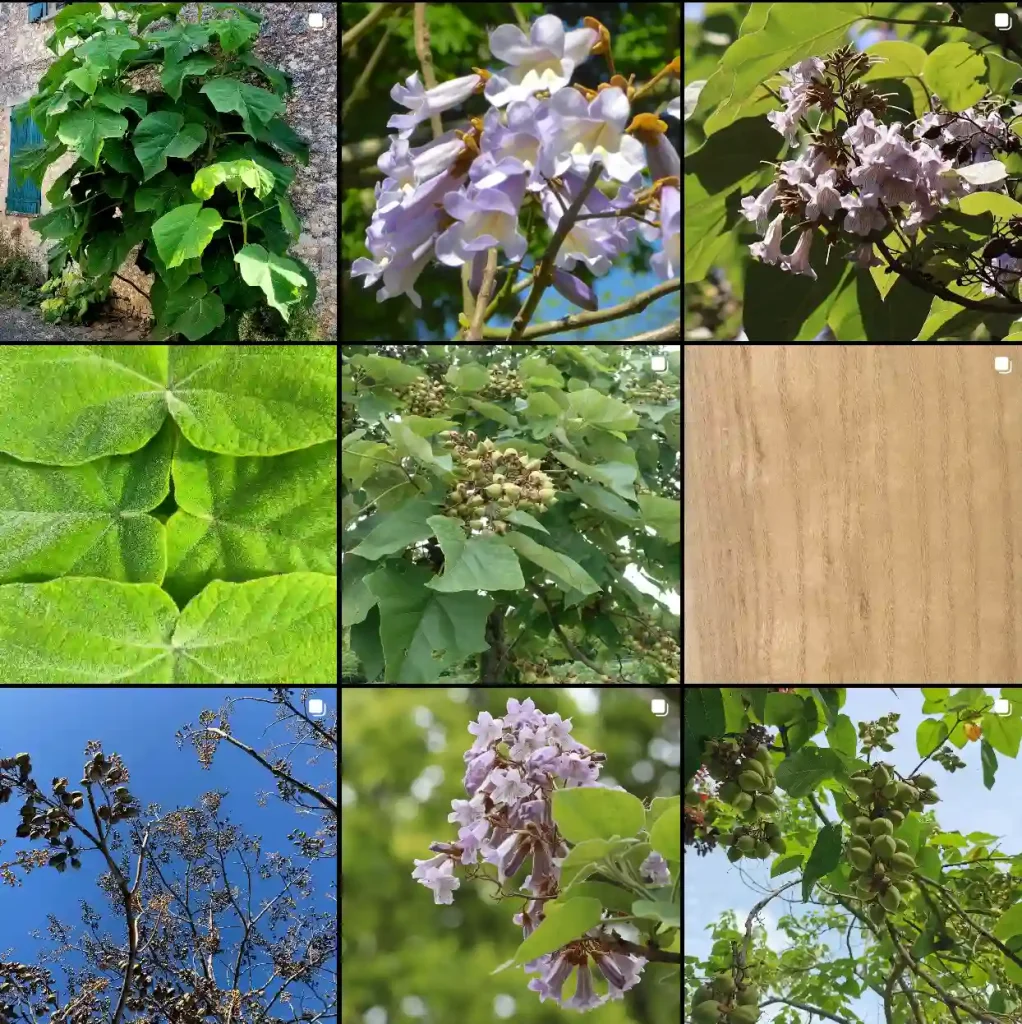
Rosa Multiflora: FAQs and Insights
When it comes to plants, few can rival the Multiflora Rose in terms of its impact on both ecosystems and gardening practices. I’ve had my fair share of experiences with this species, and I’ve gathered answers to some of the most frequently asked questions about Rosa Multiflora. If you’re dealing with this plant or just curious, here’s what you need to know.
391 Species in Genus Rosa
What Is Multiflora Rose?
Rosa Multiflora, commonly known as Multiflora Rose, is a vigorous and invasive shrub native to East Asia. It was introduced to North America in the early 19th century for use as rootstock for cultivated roses, as well as for erosion control and wildlife habitat. However, its aggressive growth habits have turned it into a problematic invasive species.
Why Is Multiflora Rose a Problem?
Multiflora Rose is considered a problem primarily because of its aggressive growth and ability to outcompete native vegetation. Its dense thickets can quickly overtake natural habitats, displacing native plants and disrupting local ecosystems. The rose forms dense, thorny thickets that make it difficult for native plants and animals to thrive.
How Does the Multiflora Rose Affect the Ecosystem?
The impact of Multiflora Rose on ecosystems is significant. It crowds out native plants, reducing biodiversity and altering habitats. Its dense growth prevents sunlight from reaching the ground, which hinders the growth of other plants. Additionally, the rose can alter soil chemistry and disrupt the balance of local flora and fauna, which can have cascading effects on the entire ecosystem.
When Does Multiflora Rose Bloom?
Multiflora Rose typically blooms from late spring to early summer. The small, fragrant white or pink flowers appear in clusters, creating a beautiful but problematic display. After flowering, the plant produces small, red to orange hips that contribute to its spread.
How to Get Rid of Multiflora Rose?
Getting rid of Multiflora Rose requires a multi-faceted approach. Cutting and removing the plant can be effective, but it often requires persistent effort due to the plant’s ability to regenerate from roots and stems. Herbicides can be used, but it’s essential to apply them properly to avoid harming desirable plants. Manual removal combined with herbicide application is often the most effective strategy.
Will Vinegar Kill Multiflora Rose?
Vinegar, particularly the concentrated types used for weed control, can be somewhat effective against Multiflora Rose. However, it may not be a complete solution as it typically only affects the above-ground parts of the plant. For more comprehensive control, you may need to use other methods or combine vinegar with other treatments.
Is Multiflora Rose Poisonous?
Multiflora Rose is not considered toxic to humans or animals. However, its thorns can cause injuries, and its aggressive growth can make it a nuisance in gardens and natural areas.
Is Multiflora Rose Edible?
While Multiflora Rose itself is not typically consumed, its rose hips are technically edible. However, they are not commonly eaten and are not as palatable or nutritious as those of other rose species. It’s best to avoid consuming parts of this plant due to its invasive nature and potential for causing digestive discomfort.
Where Did Multiflora Rose Originally Come From?
Multiflora Rose is native to East Asia, specifically Japan, Korea, and China. It was introduced to the United States in the early 19th century as a rootstock for cultivated roses and for its utility in erosion control.
Do Goats Eat Multiflora Rose?
Goats are known for their ability to consume a wide variety of plants, including Multiflora Rose. They can help control its spread by browsing on the plant. However, goats might not eat it entirely, and the plant can still persist if not managed properly.
Can Horses Eat Multiflora Rose?
Horses typically avoid eating Multiflora Rose due to its thorny and tough nature. It’s not a preferred food source for them, and they may only consume it if there is a lack of other forage options. It’s not recommended to rely on horses for controlling this plant.
Do Bees Like Multiflora Rose?
Bees are attracted to the flowers of Multiflora Rose for their nectar. While this might seem beneficial, it’s worth noting that the plant’s invasive nature outweighs this positive aspect. Bees may benefit in the short term, but the overall ecological impact is detrimental.
Multiflora Rose vs Blackberry
When comparing Multiflora Rose to blackberry bushes, both are aggressive and invasive but differ in their growth habits and impacts. Blackberries spread through underground runners and thorns, while Multiflora Rose forms dense thickets with a more aggressive growth pattern. Both can be problematic, but Multiflora Rose tends to have a more significant impact on native ecosystems.
Multiflora Rose vs Native Rose
In contrast to Multiflora Rose, native roses are generally less invasive and more beneficial to local ecosystems. Native roses support local wildlife and contribute to biodiversity, whereas Multiflora Rose can overwhelm native species and disrupt ecological balance.
How to Care for Multiflora Rose?
While Multiflora Rose is often viewed negatively due to its invasive nature, if you have it in a controlled environment, you’ll need to manage it carefully. Regular pruning can help control its size and prevent it from becoming too aggressive. However, it’s crucial to consider the broader ecological impact and the potential benefits of replacing it with native species.
How to Propagate Multiflora Rose?
Propagation of Multiflora Rose is typically done through seeds or cuttings. Seeds should be scarified and stratified to break dormancy. Cuttings can be taken from the plant’s stems and rooted in soil or water. However, given its invasive nature, propagation should be approached with caution and awareness of its ecological impact.
What to Plant With Multiflora Rose?
If you’re managing a garden where Multiflora Rose is present, consider planting non-invasive species that can help mitigate its impact. Native plants and ground covers that can compete with the rose might be beneficial. It’s important to focus on plants that will support local wildlife and help restore ecological balance.
Can You Grow Multiflora Rose Indoors?
Growing Multiflora Rose indoors is generally not recommended. Its size and growth requirements make it more suitable for outdoor environments. Additionally, its invasive nature is a concern, and indoor cultivation could exacerbate its spread if not managed properly.
Common Problems with Multiflora Rose
Common problems with Multiflora Rose include its tendency to spread uncontrollably, its aggressive competition with native plants, and its difficulty to fully eradicate once established. Proper management and control measures are essential to mitigate these issues.
In conclusion, Multiflora Rose is a plant that presents both challenges and complexities. While it has some attractive features, its invasive nature and impact on ecosystems make it a plant that requires careful management and consideration. Whether you’re dealing with it in a garden or an ecological setting, understanding its characteristics and effects can help in making informed decisions.
If i die, water my plants!



